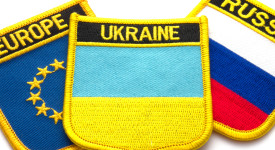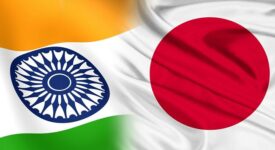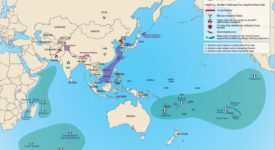While European People’s Party won the traditional majority in the European Parliament after the elections held over the past weekend, the Greens, the Liberals and the far-right parties made significant gains, which may make building a ruling coalition difficult. The success of the Greens and Liberals surprised the most, yet the Eurosceptics and far-right populists have also made gains, which reflects growing political polarisation in the union. The centre-left Socialists and Democrats won 152 seats, representing a loss of 35 seats in comparison with the 2014 results.
Thus, this is for the first time in 40 years that the combined total number of MEPs affiliated with the centre-right European People’s Party and the centre-left Party of European Socialists is not enough for forming a coalition with a majority in the new European Parliament. Although the EPP came first, the feeling inside the party was not of victory as it lost a lot of support in Western Europe – France, Spain, the Nordic countries. However, the party is still confident to be able to create a coalition. “If we are the strongest group, then every citizen will say that the strongest group will have the right to make the…president of the Commission,” said Bavarian Manfred Weber from EPP in Berlin on Sunday night.
Yet, informal cooperation between the far-left, Socialists and Democrats, the Greens and quite possibly Liberals, appears to be in the making. At the same time, Eurosceptic populists remain fragmented and unlikely to be invited into any alliance despite their success in France and Italy. “The big thing is that the gains for the extremists were not very substantial,” said Guntram Wolff, the head of the Bruegel economic think-tank in Brussels. Overall, the highest turnout since the European elections in 1999, at 50.5% across all the EU member states, indicates a reversal in declining trends observable during the existence of the Europe-wide vote. Mainly countries like France, Spain or Poland, experienced massive participation. On the contrary, Slovakia had the lowest turnout in all of the member states at 22.74%.
Article Tags:
coalition · Democrats · Election · Europe · European Parliament · Greens · Liberals · SocialistsArticle Categories:
INSTITUTIONS & POLICY-MAKING






